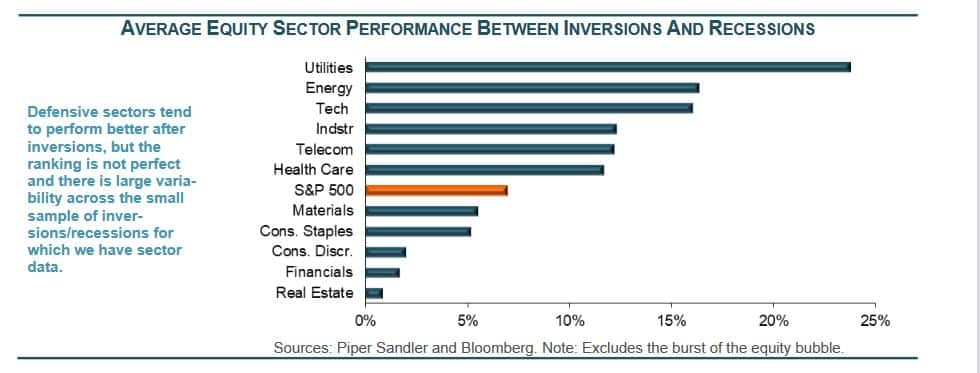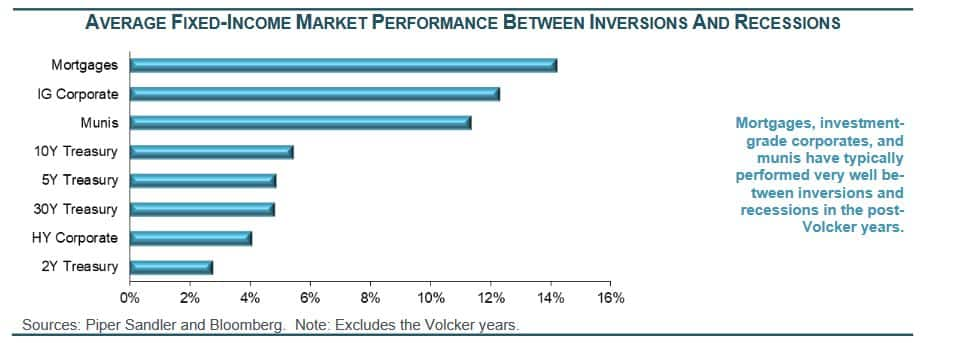



For all the grim Treasury-market warnings about the economy, history shows that stocks and bonds tend to do quite well in the window between yields flip-flopping and U.S. recessions.
That’s the conclusion of a Piper Sandler study going back to the mid-1970s and looking at Treasury inversions -- when short-term rates move above those with longer maturities. On Monday, five-year U.S. Treasury yields climbed above those on 30-year bonds for the first time since 2006. That came after earlier this month some other sectors on the curve inverted.
The fastest U.S. inflation in four decades is piling pressure on the Federal Reserve to act quickly and aggressively. Policy makers need to deliver a Volcker-style shock if they want to slow the surge in prices without causing a recession, Credit Suisse Group AG strategist Zoltan Pozsar said last month, referring to the way then Fed Chair Paul Volcker broke the back of inflation in the 1980s with massive rate increases.
The bond market is on course for its worst quarterly loss on record after the Fed began tightening policy this month and signaled the potential for more aggressive hikes. The central bank is also likely to announce the start of the run-down of its balance sheet possibly as soon as at its May gathering. Stocks, for their part, have done relatively well even with concern that a potential economic slowdown and rate hikes could hamper corporate profits.
“The broad stock-market appreciates between inversions and the onset of the subsequent recession,” Roberto Perli, the head of global policy at Piper Sandler, wrote in a note with his colleagues Tuesday. “With the exception of the Volcker years, fixed-income assets always appreciated, with mortgages, investment-grade corporates, and munis as top performers.”

Still, Perli warns that the multi-decade level of inflation the Fed is trying to contain could make the period before the next recession more troubling for fixed-income investors.
The Bloomberg U.S. Treasury index has lost 6.2% this year through March 28, leaving it on course for its worst quarterly losses since at least 1973.
Things haven’t been so bad for stocks. The S&P 500 has lost roughly 3.5% this year, but is up about 10% from its 2022 closing low set on March 8.

While its clear U.S. stocks are poised to experience more volatility as the Fed plows on with its policy-normalization plans, history indicates that it doesn’t mean the bull run is over even after the market posted double-digit gains in the past three years.
“Overall, the message seems clear for equity and fixed-income investors alike: Don’t get too gloomy as soon as the yield curve (or a portion of it) inverts -- doing so is very likely to leave performance on the table,” Perli wrote.
Discover the latest Business News, Sensex, and Nifty updates. Obtain Personal Finance insights, tax queries, and expert opinions on Moneycontrol or download the Moneycontrol App to stay updated!
Find the best of Al News in one place, specially curated for you every weekend.
Stay on top of the latest tech trends and biggest startup news.